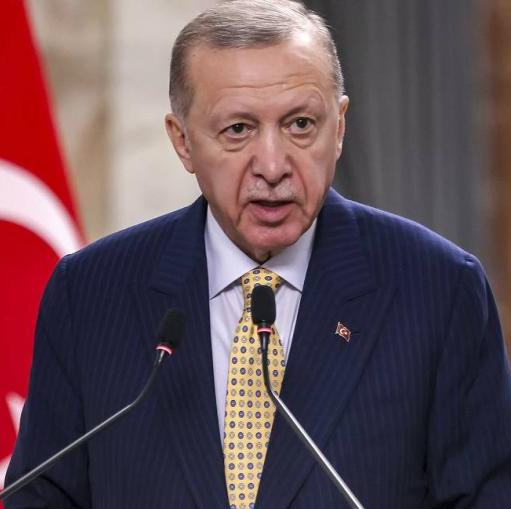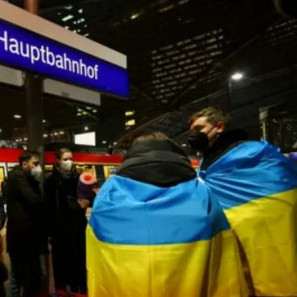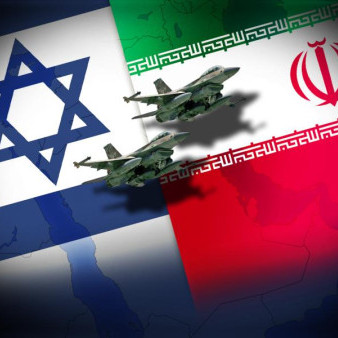That the Americans have been searching high and low for Osama Bin Laden for six years running is no news, of course. Judging by the U.S. Administration’s and Pentagon’s official statements, such is the primary goal of the 27,000-strong U.S. force deployed in the long-suffering Afghanistan. To track down Bin Laden is their super-task and top priority, with nothing else important enough to distract them – not even the unheard-of growth of drugs production in Afghanistan or the revival of the Taliban movement which has risen from the ashes like the legendary Phoenix. However, the U.S. has left Taliban to the NATO forces and the Afghan government army to deal with.
What is surprising though, is the lack of success with Bin Laden over the past six years. Neither experienced Delta Force veterans, nor the famous Army Rangers and “Green Berets”, not even the renowned U.S. Marines have managed to fulfill the task in Afghan mountains, natural caves and deserts.
All their efforts and means have been to no avail, including reconnaissance satellites, pilotless spy aircraft, state-of-the-art electronic tracking and detection systems, local CIA agents and mop-up operations involving thousands of troops and dozens of helicopters. Even the placement of a 25-million-dollar bounty on the head of “terrorist No. 1” has not helped so far. The Pentagon might have tried clairvoyants and magicians, too, for all we know, but with not success – a true disaster in the run-up to the next presidential election in which the Republicans have but a meager chance due to the recent Iraq failures.
George Bush’s rivals can remind the voters of his old vow to find the mastermind and architect of the September 11 attack “dead or alive.” They might also ask how the taxpayers’ money was spent – the billions of dollars approved for the military operations in Afghanistan, for instance. This will hardly improve the current U.S. administration’s poor rating.
These or similar considerations must have led to the circulation of the interesting piece of news about Shadow Wolves being sent to search for Bin Laden. They are Native American trackers, “world’s best” experts in using footprints and other clues to follow the trails of human beings and other animals in wildlife surroundings.
This group of 21 agents has nothing to do with U.S. armed forces at all. They are U.S. customs patrol officers under the Department of Homeland Security (DHS). Created in 1972 by a special Congress act, the Shadow Wolves admit only U.S. citizens who are Native Americans (mainly Navaho, Sioux, Lakota and Apache Indians).
The trackers use their traditional game-tracking methods and skills to help in the fight against illegal migration and drug trafficking along a 76-mile long section of the U.S.-Mexican border in Arizona.
This exotic Native American group has earned international renown. The trackers have more than once been invited to other countries to share experience. For instance, Shadow Wolves teams have recently spent some time in Lithuania, Latvia, Estonia, Turkmenistan, Uzbekistan, and Moldova training local border guards in their unique methods based on Native American tracking.
So the Pentagon, alarmed by the lack of progress in the hunt for Bin Laden, borrowed the Shadow Wolves from the DHS to use them in the drawn out search for the Al Qaida leader, U.S. press reports.
U.S. Director of National Intelligence Mike McConnell has recently reported new traces of the elusive international terrorist spotted by his agents. According to the intelligence chief’s information, as spring began and snow melted in the mountains, Bin Laden and his top aide Aiman al-Zawahari appeared in north-western Pakistan to set up new training camps there.
Incidentally, independent experts point to certain oddities in the story. First, the information about Shadow Wolves sent to track down Bin Laden appeared shortly before his jubilee, as the “terrorist No.1” turned 50 on March 10. Second, it seems strange that the Pentagon had not thought of attracting Shadow Wolves to this hunt long ago (one tracker team has already worked on the Afghan-Pakistani border). Third, it is unclear why, instead of secretly sending trackers after this highly skilled crypto, the Pentagon had to tell the whole world, thus warning him to lie low?
In this context, many observers question whether Bin Laden is still alive at all. If he is not, what do the White House and Pentagon need this much ado for? Official data has it that he was last seen alive in late 2001, during clashes in the Tora-Bora caves in southern Afghanistan.
Later reports said the “terrorist No.1” was in hiding in some hard-to-reach district of Pakistan. He was also seen, or heard of, in several southern provinces of Afghanistan. In addition, the media have several times reported his death of a fatal disease referring to “reliable sources.” The latest of these reports came in the fall of 2006.
All this notwithstanding, Washington insists there is no data available about either his death or his possible whereabouts. One really gets the impression that Bin Laden is truly the most wanted person in the U.S., as they simply cannot do without him there. No doubt they will be happy to hunt for him, “dead or alive,” for ever. Without Bin Laden, how would they explain and justify the steady growth of their national security spending and their forceful policy all over the world?









